TMJ Disorders_Sound therapy session_Sounds of naturev
#bioresonance #healingenergy #healingfrequencies #soundtherapy, #TMJdisorders, #complementarytreatment, #conventionalmedicine
Temporomandibular Joint (TMJ) Disorders can cause significant discomfort, affecting the jaw joint and surrounding muscles. While conventional medicine provides essential treatments for TMJ disorders, the integration of complementary therapies, such as resonant frequency sound therapy, can offer additional benefits.
TMJ disorders encompass a range of conditions that affect the temporomandibular joint, which connects the jawbone to the skull. These disorders can result in pain, stiffness, clicking sounds, and difficulty in opening or closing the mouth. Traditional treatments for TMJ disorders typically involve pain medications, physical therapy, splints or mouthguards, and in some cases, surgery.
Resonant frequency sound therapy is a non-invasive treatment that utilizes specific sound frequencies to promote healing and balance within the body. This therapy is based on the principle that different organs, tissues, and cells in the body have their own resonant frequencies. By exposing the body to these frequencies, it is believed that imbalances can be corrected, leading to pain relief and improved well-being.
Benefits of Resonant Frequency Sound Therapy for TMJ Disorders:
1. Relaxation and stress reduction: TMJ disorders are often exacerbated by stress and tension in the jaw and surrounding muscles. Resonant frequency sound therapy has been found to induce deep relaxation and reduce stress levels. By promoting relaxation, this therapy can help relieve muscle tension in the jaw area, potentially alleviating TMJ disorder symptoms.
2. Pain relief and inflammation reduction: TMJ disorders can cause significant pain and inflammation. Resonant frequency sound therapy has been reported to have analgesic effects, reducing pain levels and inflammation in various conditions. By integrating this therapy as a complementary treatment, individuals with TMJ disorders may experience enhanced pain relief and reduced inflammation.
3. Improved range of motion: TMJ disorders can limit the range of motion of the jaw, making it difficult to perform daily activities such as eating or speaking. Resonant frequency sound therapy has shown potential in improving range of motion by relaxing the muscles and promoting better alignment of the jaw joint. This improved mobility can enhance the overall function of the jaw and alleviate TMJ disorder symptoms.
4. Complementary to conventional treatments: Resonant frequency sound therapy can be used alongside conventional medical approaches for TMJ disorders. By combining this therapy with pain medications, physical therapy, or splints, it may enhance the effectiveness of conventional interventions, leading to improved outcomes for individuals with TMJ disorders.
Conclusion:
Resonant frequency sound therapy holds promise as a complementary treatment for TMJ disorders, offering potential benefits such as relaxation, pain relief, reduced inflammation, and improved range of motion. By integrating this therapy with conventional medicine, individuals with TMJ disorders may have a more comprehensive and holistic approach to their treatment.
TO ACHIEVE A POSITIVE RESULT, DAILY LISTENING TO VIDEOS IS REQUIRED.
You have the opportunity to support the channel:
https://destream.net/live/RadSiarAl/donate
https://www.buymeacoffee.com/6355radsiaral
-
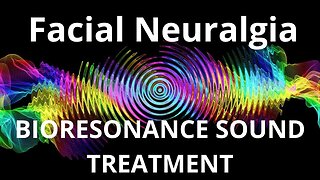 32:08
32:08
BIORESONANCE SOUND THERAPY
1 year agoFacial Neuralgia _ Sound therapy session _ Sounds of nature
67 -
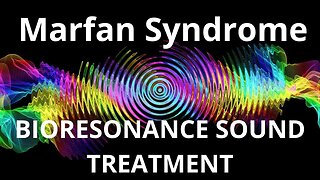 32:08
32:08
BIORESONANCE SOUND THERAPY
1 year agoMarfan Syndrome_Sound therapy session_Sounds of nature
19 -
 32:08
32:08
BIORESONANCE SOUND THERAPY
1 year agoJaw Diseases _ Sound therapy session _ Sounds of nature
451 -
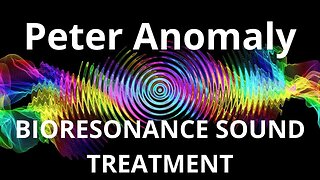 32:08
32:08
BIORESONANCE SOUND THERAPY
1 year agoPeter Anomaly_Sound therapy session_Sounds of nature
25 -
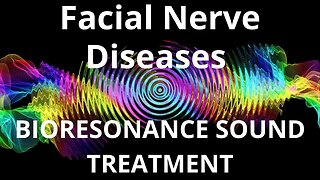 32:08
32:08
BIORESONANCE SOUND THERAPY
1 year agoFacial Nerve Diseases _ Sound therapy session _ Sounds of nature
42 -
 32:08
32:08
BIORESONANCE SOUND THERAPY
1 year agoHyperpituitarism_Sound therapy session_Sounds of nature
27 -
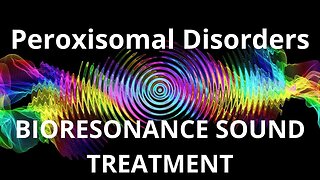 32:08
32:08
BIORESONANCE SOUND THERAPY
1 year agoPeroxisomal Disorders_Sound therapy session_Sounds of nature
7 -
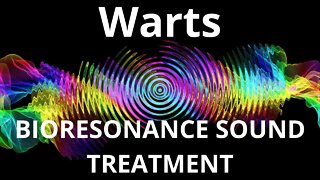 32:08
32:08
BIORESONANCE SOUND THERAPY
1 year agoWarts _ Sound therapy session _ Sounds of nature
171 -
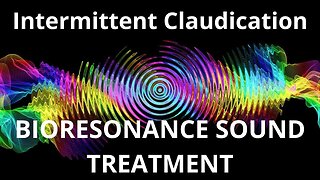 32:08
32:08
BIORESONANCE SOUND THERAPY
1 year agoIntermittent Claudication _ Sound therapy session _ Sounds of nature
17 -
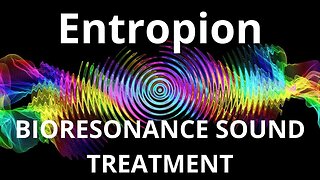 32:08
32:08
BIORESONANCE SOUND THERAPY
1 year agoEctropion _ Sound therapy session _ Sounds of nature
13